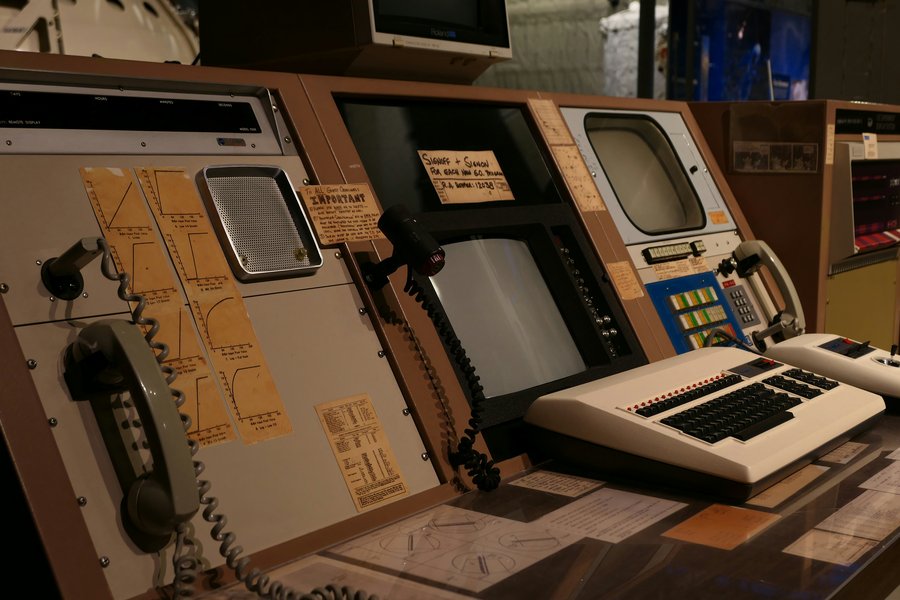Breathing New Life Into Old Code: Modernising Legacy Systems

Legacy systems don’t have to be a liability. With the right approach, you can make them work well today, and lay the groundwork for something better tomorrow.
We cover:
- Common signs your software is holding you back
- Options for updating, refactoring or wrapping old code
- How to modernise safely without stopping business
- Lessons from real-world modernisation projects
Your current system might be a foundation, not a dead end.
When Old Code Becomes a Bottleneck
Legacy systems often evolve organically over time, patched, extended, and adapted to meet changing needs. But eventually, the cracks begin to show. You might see:
- Slow release cycles because making changes is risky or time-consuming
- Difficulty hiring because no one wants to work with outdated tech
- Mounting technical debt that keeps growing with every new feature
- Security concerns due to unsupported libraries or platforms
- Incompatibility with modern tools, APIs, or compliance requirements
Recognising these signs early gives you more room to plan, and more options to act.
Strategies for Breathing Life Into Legacy Code
Modernising doesn’t always mean rewriting everything. Depending on your needs, you can:
1. Refactor
Clean up and reorganise existing code without changing its core functionality. This is often the lowest-risk way to reduce complexity and improve maintainability.
2. Wrap and Extend
Keep the legacy core, but build modern interfaces (like APIs or UIs) around it. This can help you move faster and gradually shift critical functionality into newer systems.
3. Replatform
Move to a new infrastructure (e.g. cloud or containerisation) without rewriting the application logic. This often improves performance, scalability, and security.
4. Rewrite (Selectively)
In some cases, parts of the system must be rewritten. Target high-value or high-pain areas first, and make sure you have the tests and metrics to measure success.
Modernisation Without Disruption
One of the biggest fears around legacy modernisation is downtime. The good news? You don’t need a “big bang” rewrite. Smart modernisation is:
- Incremental: Start small and improve continuously
- Test-driven: Put automated tests and monitoring in place to catch regressions
- User-aware: Communicate clearly and avoid breaking existing workflows
- Backed by metrics: Use data to guide decisions and measure progress
With the right practices, you can modernise in parallel with business as usual, and even improve team morale along the way.
Lessons From the Field
Here are a few takeaways from real-world modernisation projects:
- Don’t modernise for its own sake. Align technical changes with business goals.
- Documentation matters. Even imperfect docs can reduce onboarding time and help teams navigate unfamiliar code.
- Know what to keep. Some legacy code is stable, well-tested, and doing its job, don’t throw it out unless you need to.
- Cultural change is part of the process. Modernisation isn’t just about tech; it’s about how teams work, communicate, and plan for the future.
The Path Forward
Your legacy system isn’t just old, it’s a record of everything your business has needed and learned over time. With care, it can continue to deliver value as you modernise around it.
Start with what you have. Improve what you can. And build a future-ready foundation, one step at a time.